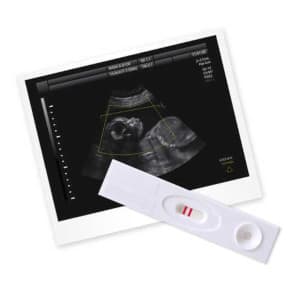The Benefits of Osteopathy
Osteopaths after observing your posture, use a fine palpation to detect tensions or imbalances that cause pain or discomfort, then do manipulations to restore balance.
In the language of osteopaths, this harmony is often translated by the terms mobility and motility, motility designating all the movements proper to an organ or a system.
Associated with a good arterial vascularisation preventing any congestion, the body would have all the cards to cure itself or at least to limit the affections.
Indications of Osteopathy
Osteopathy is first recognised for its ability to relieve ailments and disorders of the musculoskeletal system, of which back pain takes a large part.
These are both acute problems such as sprains, sports injuries; or chronic such as herniated discs, low back pain, joint pain, perinatal pain, scoliosis and tendonitis.
Plantar fasciistis, musculoskeletal disorders caused by working postures, and carpal tunnel syndrome are also treated by osteopaths.
Circulatory disorders of the lower limbs, haemorrhoids, venous congestion, palpitations, etc.
Gynaecological pain and dysfunction, cystitis, functional sterility, enuresis, etc.
Osteopathy treat some functional problems in pregnancy, such as joint pain, lower back pain and digestion problems.
Still in the context of prevention, it is also recommended that newborns see the osteopath in order to carry out an examination in the weeks following their birth.
Your Osteopathy treatment
Osteopathy constitutes a solid alternative solution to drugs for people with acute back pain, and possibly for chronic pain.
In no case does osteopathy claim and cannot cure degenerative diseases, genetic diseases or infectious diseases.
The functional manipulations allow the therapist, with the help of the subject, to mobilise the tissues and induce a state of relaxation sufficient to allow self-correction of a lesion.
The treatments will not be the same for a child or an athlete, an anxious person or an accident victim, etc.

